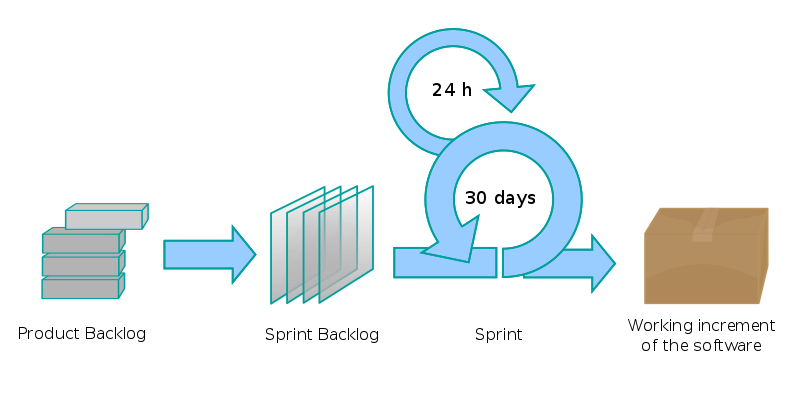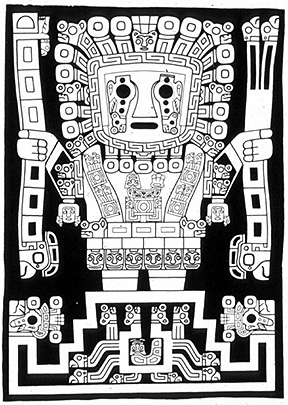Monday, June 30, 2008
Sunday, June 29, 2008
Authorial Intent
Part of a category called Narratology.
Which includes this link to the 36 Dramatic Situations:
- Supplication
- Deliverance
- Crime
- Vengeance
- Pursuit
- Disaster
- Revolt
- Daring Enterprise
- Abduction
- The enigma
- Obtaining
- Enmity of Kin
- Rivalry of Kin
- Murderous adultery
- Madness
- Fatal Imprudence
- Involuntary
- Slaying of kin unrecognized
- Self-sacrifice for an ideal
- Self-sacrifice for kin
- All sacrificed for passion
- Necessity
- Rivalry of superior vs. inferior
- Adultery
- Crimes of Love
- Discovery of the dishonor of a loved one
- Obstacles of love
- An enemy loved
- Ambition
- Conflict with a god
- Mistaken jealousy
- Erroneous judgement
- Remorse
- Recovery of a lost one
- Loss of loved ones
"Gozzi maintained that there can be but thirty-six tragic situations. Schiller took great pains to find more, but he was unable to find even so many as Gozzi."
-Goethe
I guess they studied all the classics and thats all they could come up with.
Scrum: Development Technique

This falls in the co-creating or team creation arena, and is something I was exposed to recently. Its a product development scheme for software creation. Interesting if it never occurred to you before.
here is a description on Wikipedia.
" Scrum is a process skeleton that includes a set of practices and predefined roles. The main roles in scrum are the ScrumMaster who maintains the processes and works similar to a project manager, the Product Owner who represents the stakeholders, and the Team which includes the developers."Scrum breaks down the roles of team members into two types: Pigs and Chickens.
" Pigs are the ones committed to the project and the Scrum process; they are the ones with 'their bacon on the line.' "
"Chicken roles are not part of the actual Scrum process, but must be taken into account."
Data Maps
There are quite a few creative tributaries that run through this piece. Most notable is the channeling that is occurring - which I would explain by the fact that the panelists are taking the important step of identifying and building access to the data, before 'passing on' the information, and finally recalling/interpreting the process ( and the data too.) As though counting footsteps or recalling memories are creative acts. You will also notice they offer quite a lot of 'user' criticism along the way - as they encounter and try out existing interfaces to data.
The present is pure creation, from somewhere, to somewhere else, across a spectrum of energy I would say. Static and frozen to fast and disappearing.
Saturday, June 28, 2008
Book Review: Reinventing the Sacred
While on my Trip to Peru and Bolivia, I was reading this book:
I've just finished the first 100 pages and I feel a little lost in the specifics of the science at times, but I feel the greater significance very compelling, while my understanding of the subject matter grows.
Kauffman continually makes a distinction between what is reducible to physics and what is not. That natural selection is not predictable by science due to the quantum dice rolling that is goin on. This distinction is basically that the emergent properties of creation in the universe are not covered by reductionists. Which links to his greater point that reductionism has left a great void in Western civilization between spirituality and reason or science.
There are tons of great nuggets in this book so far and I am stoked to finish it. The Creation meme that I have just been enlightened towards is the science of what is happening on the molecular, cellular levels. Cell division, DNA, and Morphogenesis. These offer amazing insights into the nature of Creation.
From the chapter, Order For Free:
"
Ontogeny is a magically complex process of emergent order. A human starts as a single cell, the fertilized cell or zygote. This zygote undergoes about fifty cell divisions and creates all the different cell types in a newborn baby: liver, kidney, red blood cells, muscle cells - about 265 cell type by histological criteria. This process of creating different cell types is called "differentiation." Roughly speaking, there is a branching tree of differentiation from zygote to all the final cell types of the adult organism.
"
Links:
Here is the blog.
Here is a link to the book on Amazon.
Friday, June 27, 2008
Creation in Bolivia

I have just returned from Peru and Bolivia, and while there I examined many ancient sites.
The Creation of these sites was impressive.
The essential medium is Stone, very dense stone, like granite - but there were other types used as well. The rocks were quarried, broken up into blocks, moved to their location - size and shape fitted and cut to specifics and then placed. The best theory for how the rock is cut so precisely is that the Incas used Onyx tools. But I did hear others like: ancient cutting machines, and plant and herb concoctions that soften rock for shaping.
The technology for moving the giant stones is unknown, but the best one I heard was that they received ancient technology from the origin civilization known as Lemuria. The technology requires the user is 'in tune' with natural forces, and then a combination of Mind and Sound, plus a tool used for focusing these enerigies allowed the ancient peoples to levitate and move the blocks ( this is also seen in Egyptian Stone block creation.)
I travelled with a retired geologist who was constantly puzzled and amazed by how the rocks were cut, shaped and moved.
The most mystical of the sites was Tiwanaku (Tihuanaco) , in Bolivia - it may be the oldest archeological site on earth; but like so much about this place, its not confirmed. You can carbon date the stone work but it doesn't tell you when it was quarried :(
Here is a photo I took of some impressive Blocks at a temple adjacent to Tiwanaku known as PumaPunku :
Cut Blocks sitting atop a giant slab Block. Our Tour guide informed us that these rocks were quarried 30km north of the site.
There are many creative tributaries that run through a creation of this size, importance and complexity, so I will leave it with a quick look at the Incan Deity Viracocha (Apu Qun Tiqsi Wiraqutra) depicted here and throughout Tiwanaku:
Our Tour Guide indicated that legends say he was a human with amazing knowledge of how to live in harmony with the natural world.
Subscribe to:
Posts (Atom)









